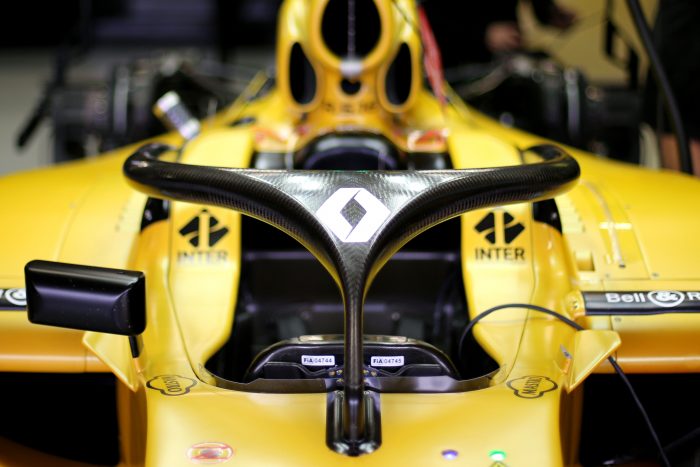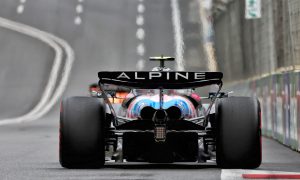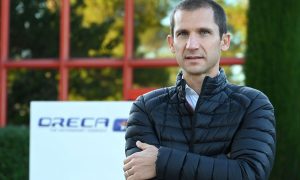
Renault technical director Nick Chester says the introduction of the new Halo cockpit protection device is causing problems for the teams.
"It knocks on big time to the chassis definition," Chester said of the late decision to mandate the new safety feature in 2018.
"It's a little bit painful as we're right into that process of trying to finalise our chassis schemes.
"The loadings from it are quite big," he told Autosport magazine this week. "It affects all the structure in the chassis. It has quite a big impact.
"Outside the chassis it won't have much of an effect on car performance. It's just the actual design of the chassis to take the loads which is difficult."
Adding to the headache is the ongoing discussion about the fairings each team will be able to add to the Halo.
The Halo itself is a standardised part. However, teams have been told they will enjoy a degree of freedom in their use of fairings. These are stylings on the car that help improve aerodynamic streamlining.
FIA F1 race director Charlie Whiting has already issued advice to teams about what they can expect. Teams will be able to add "non-structural fairings around the upper part, which can be no more than 20mm from the main structure".
Chester says he expects quite a bit of debate as to exactly what type of fairings will ultimately be allowed.
"We'll be allowed a little bit of fairing," he said. "So we'll fair the front junction in, fair the top edge around the driver's head a bit.
"We can't change too much otherwise we'll be changing loading so it's fairly fixed," he added. "There's a bit of wake into the airbox which is slightly painful, but the regulations allow a fairing which will help."
"I'm sure that'll get debated into how much we can do with the fairings."
Gallery: The beautiful wives and girlfriends of F1
Keep up to date with all the F1 news via Facebook and Twitter







